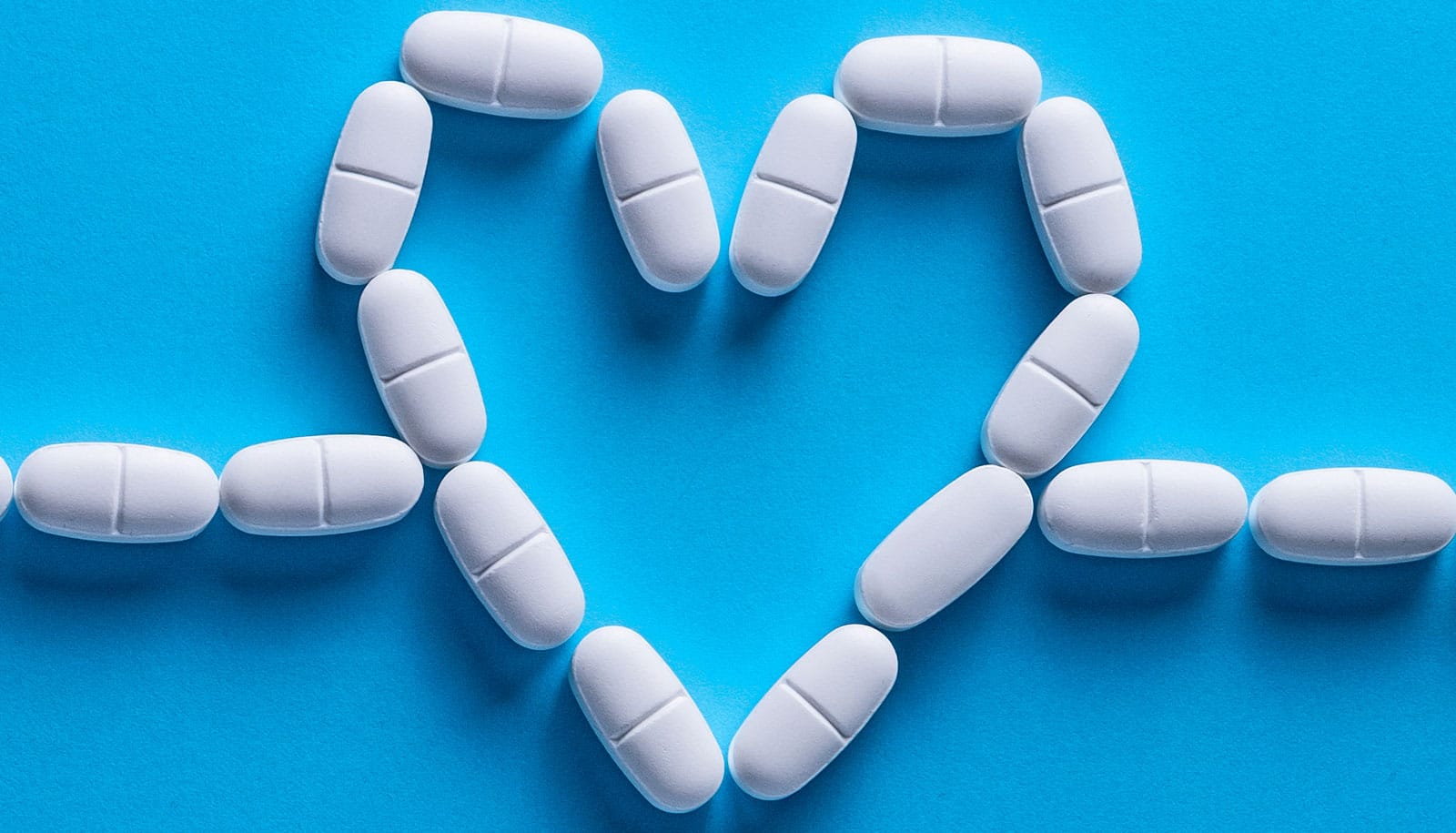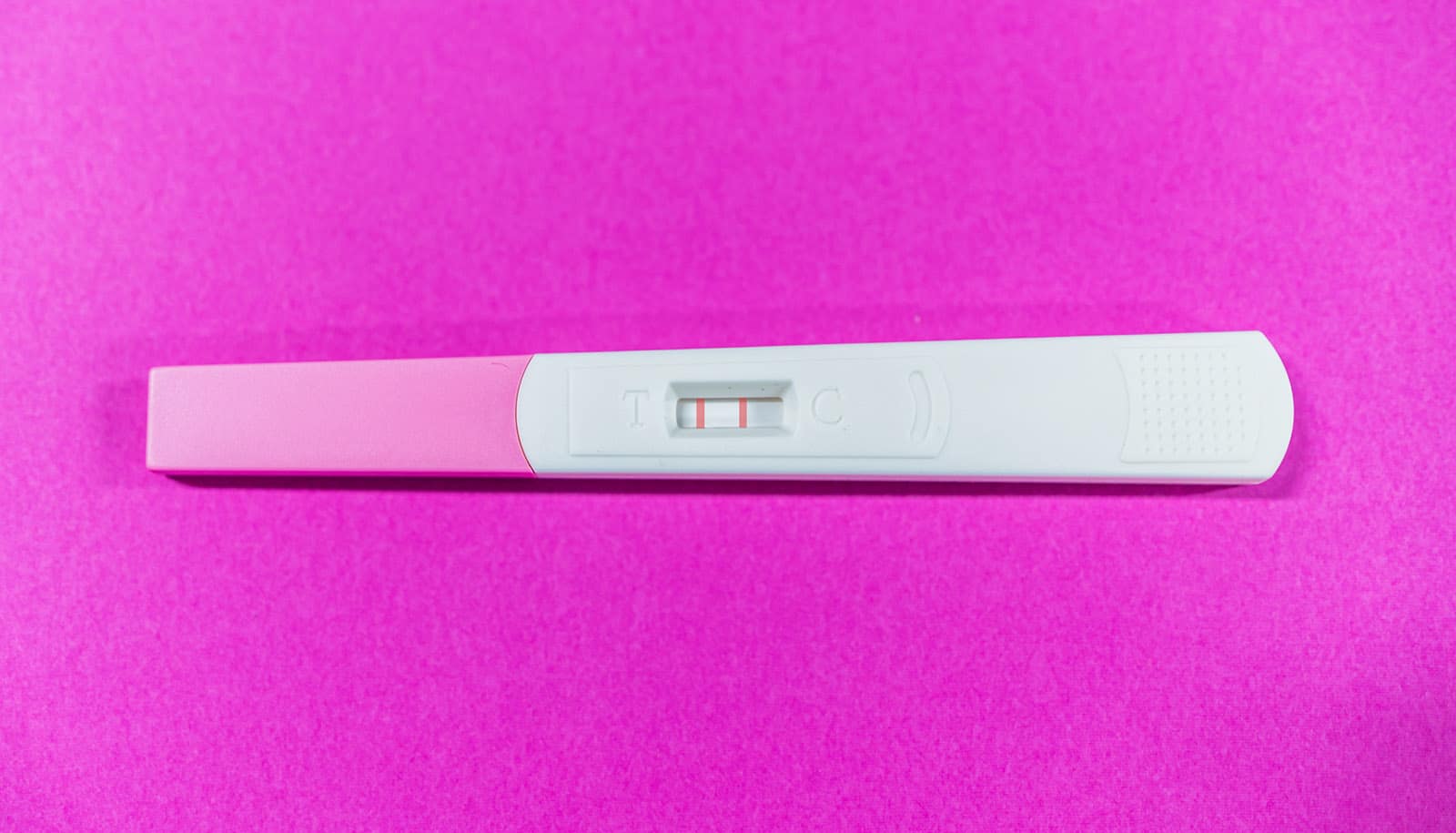A new study has revealed surprising new insights into how SGLT2 inhibitor drugs, originally developed for diabetes, benefit patients with heart failure.
Heart failure is a condition where the heart cannot pump enough blood to meet the body’s demands, often leading to fluid build-up in tissues and congestion of the blood circulation. This congestion strains the heart and causes symptoms like breathlessness and swelling.
Reducing congestion is key to managing heart failure, as it reduces the workload of the heart and thereby eases pumping.
SGLT2 inhibitor drugs are the new blockbuster treatment for chronic heart failure because they very quickly stabilize heart function and reduce hospitalizations and patient deaths.
The drugs release more glucose into the urine, and thereby have the potential to pull more fluid from the body into the urine, alleviating the congestion experienced by patients with heart disease. Given this diuretic potential, leaflets accompanying the drugs list dehydration as a common side effect of their use.
However, results from the new randomized, placebo-controlled clinical trial, published in the Journal of the American College of Cardiology, cast doubt on the presumed diuretic action of SGLT2 inhibitors in patients with heart failure.
“Many experts who relied on the idea that SGLT2 inhibitors act as diuretic drugs raised their eyebrows when we first reported our data, showing that the body instead activates a very elegant defense mechanism that almost entirely abolishes the potential diuretic effects of these drugs,” says first author Adriana Marton, a visiting senior research fellow with the cardiovascular and metabolic disorders program at Duke-NUS, who kicked-off the pilot study in Singapore.
Conducted with National Heart Centre Singapore (NHCS) the double-blind, randomized, placebo-controlled trial, the gold standard of clinical trials, examined the SGLT2 inhibitor dapagliflozin in patients with chronic heart failure.
As expected, the drug sharply increased urine glucose excretion. This increased concentration of glucose in urine creates an osmotic imbalance that should cause more water to be pulled into the urine and therefore increase urine volume.
But that’s not what happened. Instead, the body responded by releasing more vasopressin, a brain hormone that instructs the kidneys to conserve water. This minimized any rise in urine volume and even after 24 hours, patients’ urine volume remained stable despite persistent glucose excretion from dapagliflozin. These results, which are the first to be published from this international collaborative project, contradict the prevailing theory that SGLT2 inhibitors reduce congestion through diuresis or increased urine production.
The brain quickly compensates for potential dehydration caused by these drugs, suggesting that their benefit to patients with heart failure might be through mechanisms other than reducing fluid overload, says senior author Jens Titze, associate professor from the cardiovascular and metabolic disorders program at Duke-NUS.
“It seems that the brain’s internal hydration meter very quickly detects reduced hydration levels, and then forces the kidneys to further concentrate the urine to prevent body water loss. This suggests that we need to rethink our assumptions of how SGLT2 inhibitors benefit patients with heart failure, since decongestion by increased urine production doesn’t seem to be the answer.”
“As a cardiologist caring for many patients with heart failure, I am excited by the fresh perspective this study brings and the wider benefits these drugs may confer,” says senior coauthor David Sim, associate professor and head and senior consultant from the cardiology department at NHCS.
“We need robust research like this to stimulate new thinking on how to optimally treat heart failure—and ideally to prevent the disease even before it occurs. Our ultimate goal is to translate these insights into better outcomes for our patients, and to support Singaporeans in living long and healthy lives without heart disease.”
While these drugs clearly benefit patients with heart failure or chronic kidney disease, the mechanisms responsible for these beneficial effects are still unclear. One theory is that the process of energy and water conservation induced by these drugs induces metabolic changes in the body that improve organ function.
“We think that the initial glucose and water loss caused by the SGLT2 inhibitors triggers some ancient and highly conserved evolutionary body survival signals that flip metabolic switches to improve heart and kidney function,” Titze says.
“Imagine walking in the desert on limited food and water. Your body would adapt by slowing non-essential processes to conserve resources, and invest energy only in the processes you really need. We hypothesize that SGLT2 inhibitors trigger similar survival pathways that re-program cell metabolism.”
In parallel to the clinical trial in Singapore, the team’s collaborators at Klinikum Nürnberg in Germany have developed methods that are now available to detect activation of these ancient metabolic pathways in patients’ urine.
The team will use these to uncover the actual mechanisms behind these drugs’ organ-protective benefits and investigate how these changes may improve the health span not just of patients with heart failure but also with kidney disease, diabetes, or living with other aging-related ailments.
“We are very excited because we finally have treatment options that will improve the outcomes for these chronically ill patients, but there clearly is much more to learn about how these drugs protect the kidneys and the heart, and improve longevity, ” says Marton, who is also a consultant nephrologist and clinical investigator at Klinikum Nürnberg and its medical university, Paracelsus Medizinische Privatuniversität (PMU), where she is currently conducting a follow-up clinical trial in patients with chronic kidney disease.
Source: Duke-NUS



